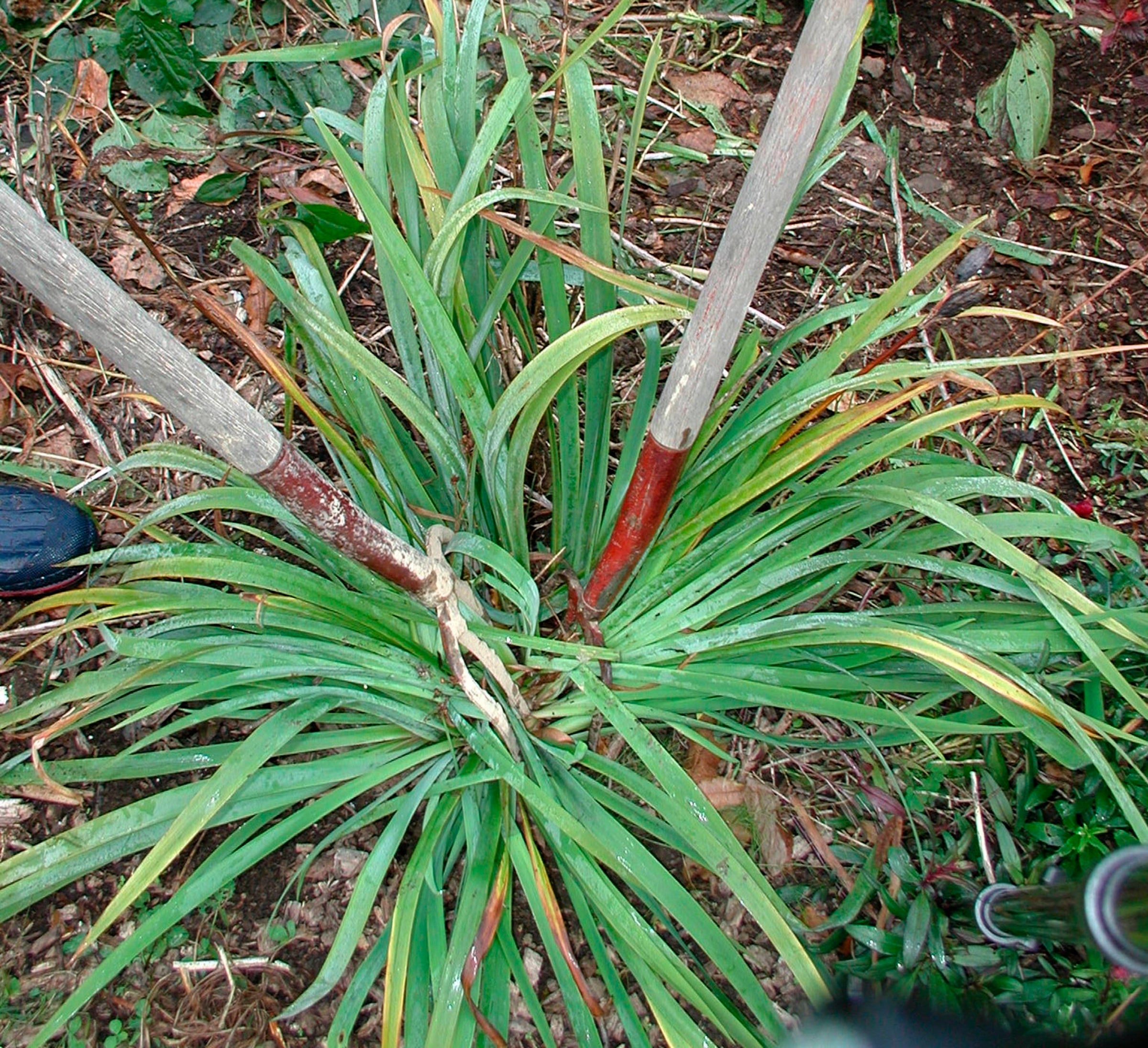Fall's a good time for a flower-bed makeover
Fall is a great time for a flower-bed makeover in the garden

Your support helps us to tell the story
From reproductive rights to climate change to Big Tech, The Independent is on the ground when the story is developing. Whether it's investigating the financials of Elon Musk's pro-Trump PAC or producing our latest documentary, 'The A Word', which shines a light on the American women fighting for reproductive rights, we know how important it is to parse out the facts from the messaging.
At such a critical moment in US history, we need reporters on the ground. Your donation allows us to keep sending journalists to speak to both sides of the story.
The Independent is trusted by Americans across the entire political spectrum. And unlike many other quality news outlets, we choose not to lock Americans out of our reporting and analysis with paywalls. We believe quality journalism should be available to everyone, paid for by those who can afford it.
Your support makes all the difference.Nobody ever said gardening offers instant gratification. With this limitation in mind, I dug and made over one of my flower beds last weekend.
For the plants, fall is a fine time for a flower-bed makeover. Cooler temperatures slow water loss from leaves, so plants can better tolerate being ripped out of the ground and roughed up before having their roots nestled back into dirt. Leaves still on these plants stimulate new root growth, helping plants re-establish in their new homes.
Try subjecting most plants to this brutal treatment in summer and many would die.
WHY A MAKEOVER MIGHT BE NEEDED
The major impetus for my flower-bed makeover was some Siberian irises that had run amok, threatening to take over the entire bed. Perhaps you can’t have too many iris flowers, but after the flowers fade, you surely can have too many iris leaves. Mine were taking up space in which other, later flowering plants could be strutting their stuff.
Much the same could be said for the daffodils in that bed. These bulbs evidently found the bed much to their liking, and bore many offspring who, in turn, bore many of their own offspring, and so on over the years. They presented a glorious and welcome sea of yellow each spring, but the yellowing leaves that followed were a sorry sight for too long. At least the iris leaves look reasonably prim the whole season.
Fall is also a good time for a flower-bed makeover because any deficiencies -- lack of midsummer bloom, garish color combinations, too many irises and daffodils -- are still fresh in mind.
My bed further suffered from becoming too much of a hodgepodge of various flowering plants. It had become a home, although it was supposed to be only a temporary one, for many flowers that I had been given or purchased on impulse.
MAKE A PLAN
Diving into this opportunity to redo the whole flower garden, I make a plan on paper. A good idea is to sketch not only the usual bird’s-eye view, delineating groups of each kind of flower, but also to sketch from a human’s-eye view — that is, the garden as you would see it from ground level, emphasizing the height, texture and form of each plant.
In this human’s-eye view, I was able to rough out pleasant-looking undulations of spiky irises, delphiniums and gayfeathers, soft mounds of asters and spireas, and tall and pompom-topped coneflowers and black-eyed Susans. A backdrop of butterfly bush and the lacy leaves and flowers of baby’s-breath should -- I hope -- knit everything together.
And then the actual work begins. To thin out clumping plants like irises, slide a garden fork beneath a clump and give the clump a slight lift. Then, pushing two forks or two shovels back to back down the center of the clump, pull the tops of the two forks or shovels apart to pull apart the clump. Replant parts of the clump and give away the rest to a fellow gardener for planting.
And the daffodils? Just dig them up, separate the bulbs by hand, and replant the largest ones.
READYING THE BED FOR WINTER AND BEYOND
Everybody’s back in place now, and to ensure that roots start growing right away, I’ve given the bed a thorough soaking. Following that came a topdressing of a couple of inches of wood chips -- except for the delphiniums, hungry plants that they are, which had compost tucked around their stems before the chips went down.
Mulches seal moisture into the soil, and also keep soil temperatures from dropping as low or as fast as in unmulched ground. That gives roots more time to grow before temperatures turn frigid. Mulches also reduce the alternate freezing and thawing of the soil that during the winter can heave newly rooted plants up and out of the ground.
There is a downside to this autumn flower-bed makeover: The bed does look forlorn, for now. But a makeover isn’t an annual affair, and everything will look perky in spring. Yes, I could have waited until spring for this makeover. But there are too many other things to attend to in the spring garden.
—-
Lee Reich writes regularly about gardening for The Associated Press. He has authored a number of books, including “Growing Figs in Cold Climates” and “The Pruning Book.” He blogs at http://www.leereich.com/blog. He can be reached at garden@leereich.com.